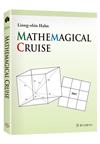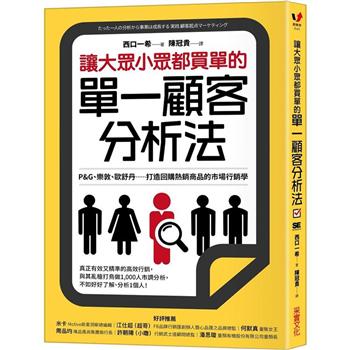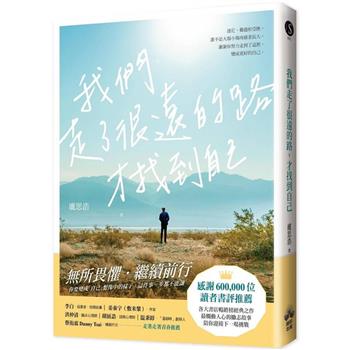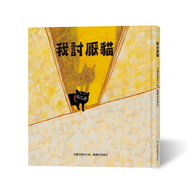| FindBook |
有 7 項符合
Mathemagical Cruise的圖書 |
 |
Mathemagical Cruise 作者:Liong-shin Hahn(韓良信) 出版社:國立臺灣大學出版中心 出版日期:2023-08-17 語言:繁體書 |
| 圖書選購 |
| 型式 | 價格 | 供應商 | 所屬目錄 | 二手書 |
$ 365 |
二手中文書 |
電子書 |
$ 632 |
幾何 |
$ 704 |
中文書 |
$ 704 |
數學 |
$ 720 |
休閒生活 |
$ 720 |
教育學習 |
電子書 |
$ 800 |
數學 |
|---|
| 圖書館借閱 |
| 國家圖書館 | 全國圖書書目資訊網 | 國立公共資訊圖書館 | 電子書服務平台 | MetaCat 跨館整合查詢 |
| 臺北市立圖書館 | 新北市立圖書館 | 基隆市公共圖書館 | 桃園市立圖書館 | 新竹縣公共圖書館 |
| 苗栗縣立圖書館 | 臺中市立圖書館 | 彰化縣公共圖書館 | 南投縣文化局 | 雲林縣公共圖書館 |
| 嘉義縣圖書館 | 臺南市立圖書館 | 高雄市立圖書館 | 屏東縣公共圖書館 | 宜蘭縣公共圖書館 |
| 花蓮縣文化局 | 臺東縣文化處 |
|
|
Mathemagical Cruise is not a mere collection of fun problems with clever solutions. It offers shining examples of how to approach problem solving.
Each chapter is independent and can be read in any order by everyone with a basic background in high school mathematics. Some highlights of the excursion are:
● Slick Solutions of Double Sequence, Klarner’s Puzzle, Cube Tour, etc.
● Easy Proofs of Bolyai-Gerwin Theorem, Problem by P. Erdös and more
● New Year Puzzles (Especially, Year 2021 & 2022)
● Twelve Points on the Nine-Point Circle
● What's a Point in a Square?
● Five Circles through a 5x6 Grid
● Generalization of Ceva's Theorem
● Easy Approach to Coaxal Circles
● Inversion and its Applications
● Lattice Integer Triangles
● Isbell's Problem
● Sequence of Theorems of Simson & Cantor
● Miscellaneous Problems with Solutions
By cruising through these treasure islands, the reader will traverse mathematical boundaries. Be adventurous and inspired to explore the seas beyond the horizon.
作者簡介:
Liong-shin Hahn was born in Tainan, Taiwan. After graduating from the Tainan First Middle School and the National Taiwan University, he attended Stanford University and obtained his Ph.D. under Professor Karel deLeeuw. He authored Complex Numbers and Geometry (Mathematical Association of America, 1994), New Mexico Mathematics Contest Problem Book (University of New Mexico Press, 2005),
Honsberger Revisited (National Taiwan University Press, 2012), Mathemagical Buffet (National Taiwan University Press, 2013), and co-authored with Bernard Epstein Classical Complex Analysis (Jones and Bartlett, 1996). He was awarded the Citation for Public Service from the American Mathematical Society in 1998. His number one hobby is creating/solving mathematical puzzles.
Denken Sie nach! (Ferdinand Georg Frobenius)
After I published my last book, Mathemagical Buffet, in January 2013, I had absolutely no plan to write another book. Still I enjoyed solving or creating puzzles because that was my most enjoyable leisure activity. Whenever I found interesting problems, I would try to solve them without reading the answers—even if it took me days or weeks. And I tried routinely to improve these problems to make them more interesting or more challenging....
1 Puzzles
1.1 Parity
1.2 Double Sequences
1.3 15-Puzzle
1.4 Klarner’s Puzzle
1.5 A Cube Tour
1.6 Safe Cracking
1.7 Tilings
1.8 A ProblemonWeighted Trees
2 The Bolyai-Gerwin Theorem
2.1 Baby Pythagoras
2.2 A Triangular Carpet
2.3 The Bolyai-Gerwin Theorem
3 New Year Puzzles
3.1 New Year Puzzle 2014
3.2 New Year Puzzle 2015
3.3 Heron’s Formula Revisited
3.4 New Year Puzzle 2016
3.5 New Year Puzzle 2017
3.6 New Year Puzzle 2018
3.7 ...
|











